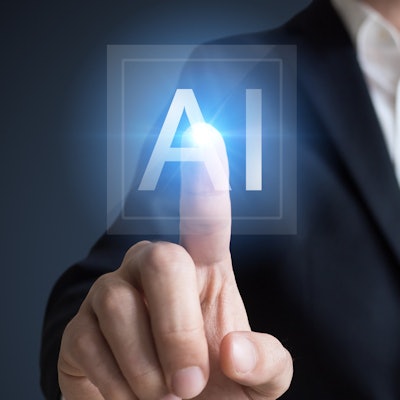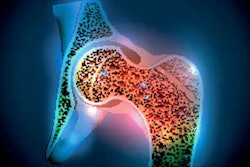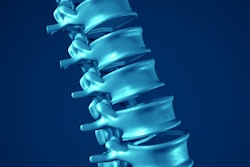
An artificial intelligence (AI) algorithm was able to assess a patient's risk of osteoporosis from x-ray and CT reports much better than the traditional method of manual review by healthcare professionals, according to research set to be published in mid-April in the Journal of the Endocrine Society.
Researchers from Australia developed X-Ray Artificial Intelligence Tool (XRAIT), which uses natural language processing (NLP) to screen radiology reports for fractures and identify patients who have not been recognized as having osteoporosis or been treated yet for the condition. In testing on an independent dataset, XRAIT identified more than three times as many significant fractures on radiology reports than were found during manual review and via referrals.
This knowledge enables physicians to better manage patients identified as being at risk, rather than using limited health resources on the identification process itself, according to co-investigator Dr. Jacqueline Center, PhD, head of the Clinical Studies and Epidemiology Lab at Garvan Institute of Medical Research in Sydney.
"By improving identification of patients needing osteoporosis treatment or prevention, XRAIT may help reduce the risk of a second fracture and the overall burden of illness and death from osteoporosis," Center said in a statement from the Endocrine Society. The study was scheduled to be presented at this week's Endocrine Society's planned annual meeting (ENDO 2020) in San Francisco, but the meeting has been canceled due to the COVID-19 pandemic.
Although about 44 million Americans are at risk for osteoporosis and have an increased risk of fractures due to low bone mass, only 20% of older women in the U.S. who sustain a fracture receive testing or treatment for osteoporosis, according to the National Osteoporosis Foundation. Many hospitals have implemented fracture liaison services to identify patients whose fractures could be due to osteoporosis, but manual reading of these radiology records of referred patients may overlook some people at risk of osteoporosis or find them too slowly, Center said.
To see if they could improve on that system, the researchers applied XRAIT to analyze 5,089 x-ray and CT reports from patients over 50 who had visited a hospital's emergency department and received bone imaging over a three-month period. They found that the software detected 349 people with fractures likely caused by low bone mass.
In the same time period, the combination of referral by the emergency department and manual searching of radiology reports yielded only 98 such cases -- a 3.5-fold lower fracture detection rate.
In testing on an independent dataset of another population of Australian adults over 60 in the Dubbo Osteoporosis Epidemiology study, XRAIT yielded 69% sensitivity and 95% specificity in the 327 reports of confirmed known fractures and nonfractures.
"Further development to link NLP with clinical risk factors and treatment data will assist fracture coordinators to target the right patient to increase patients with osteoporosis on treatment, improve productivity and safety, and reduce the burden of care to save money safely," said senior author Dr. Christopher White, PhD, of Prince of Wales Hospital in Randwick, Australia, in a March 30 virtual presentation.



















